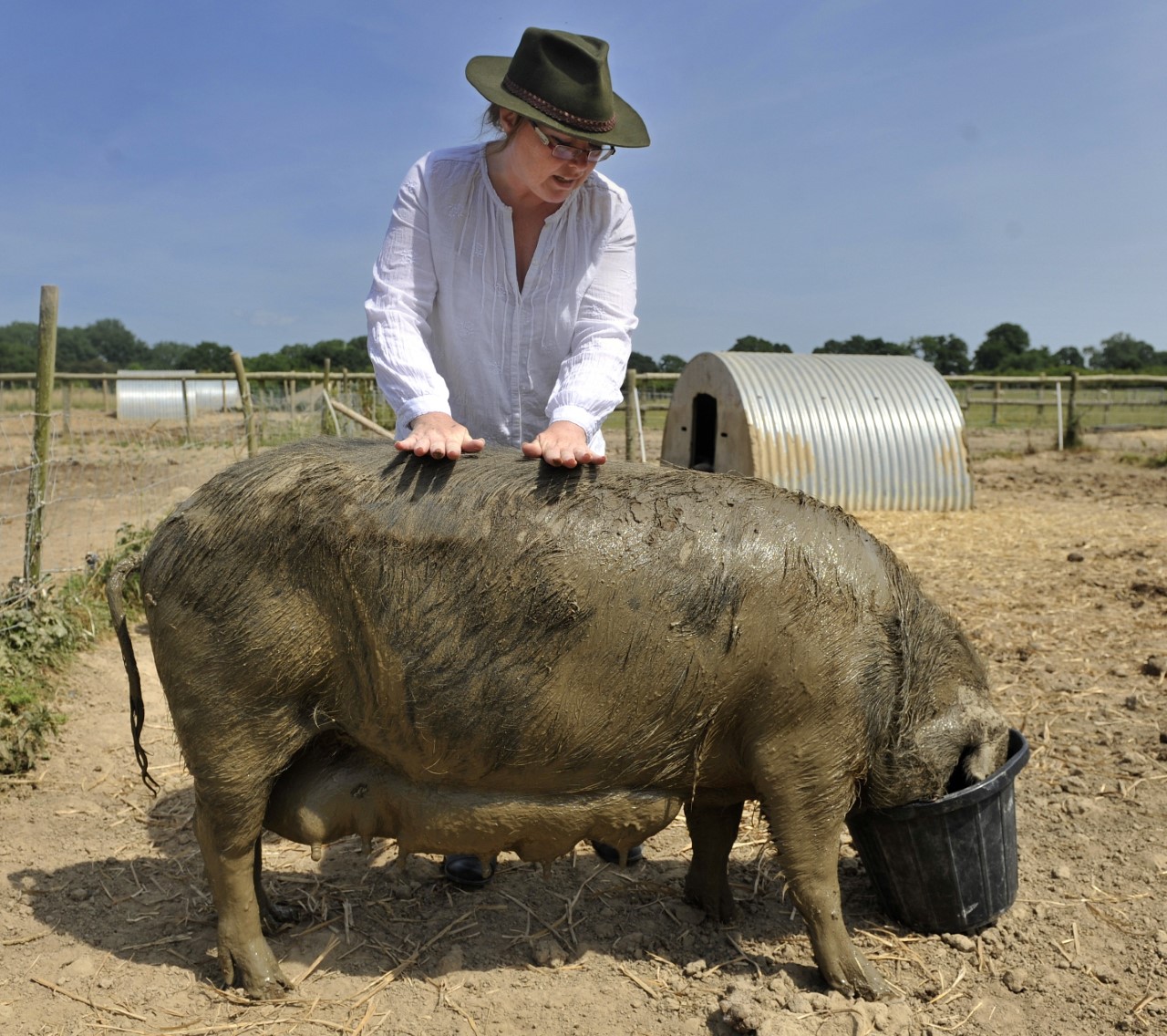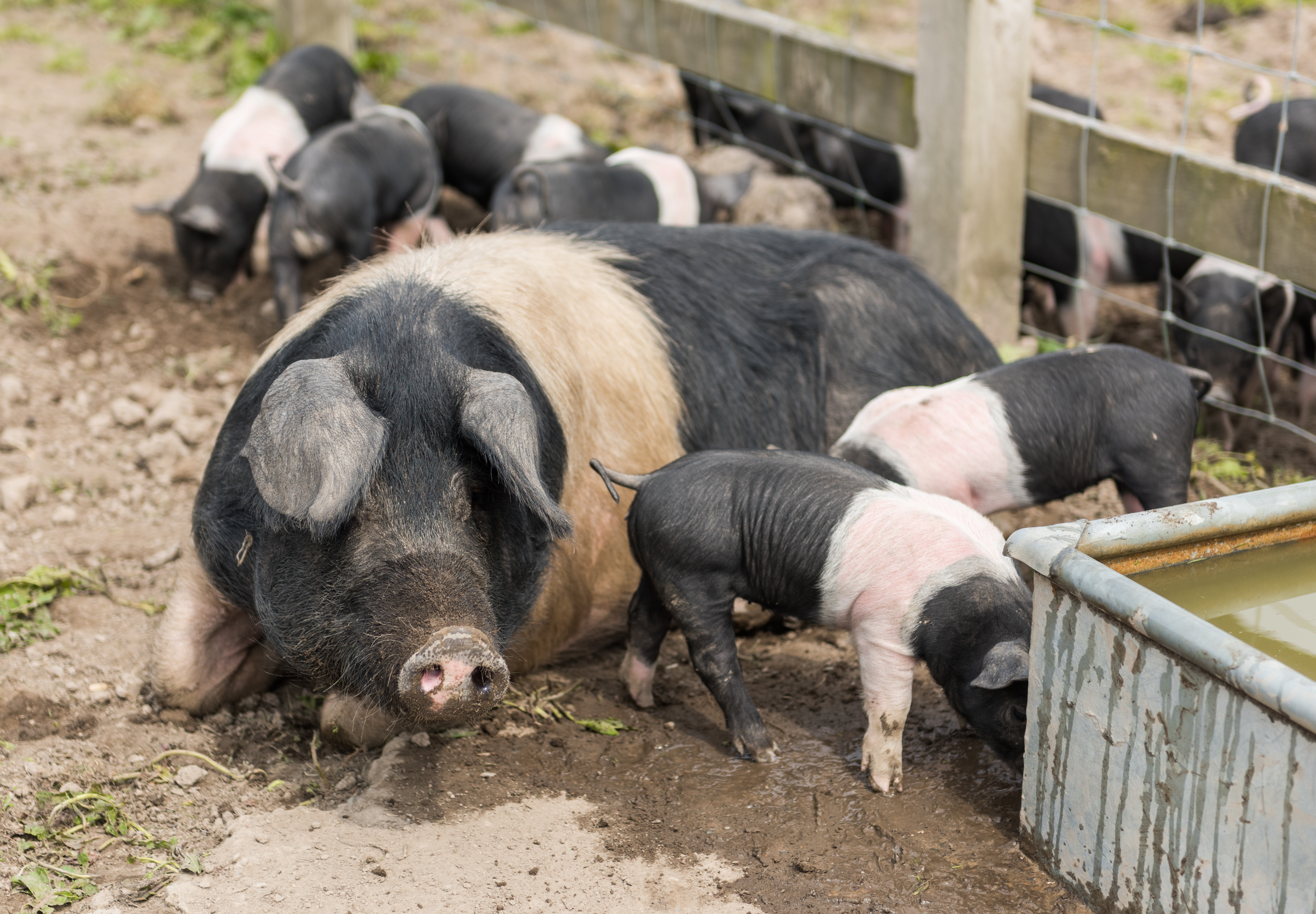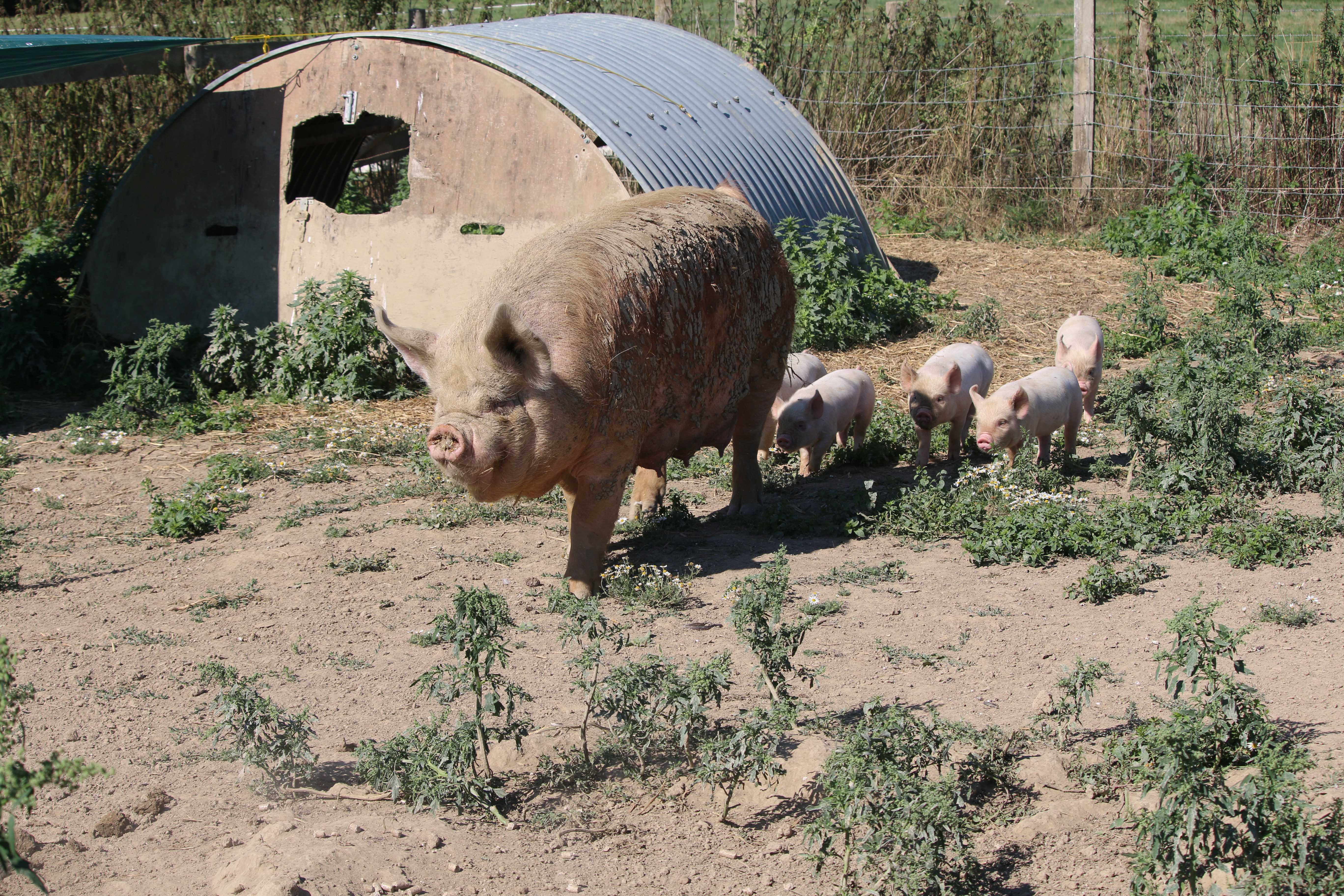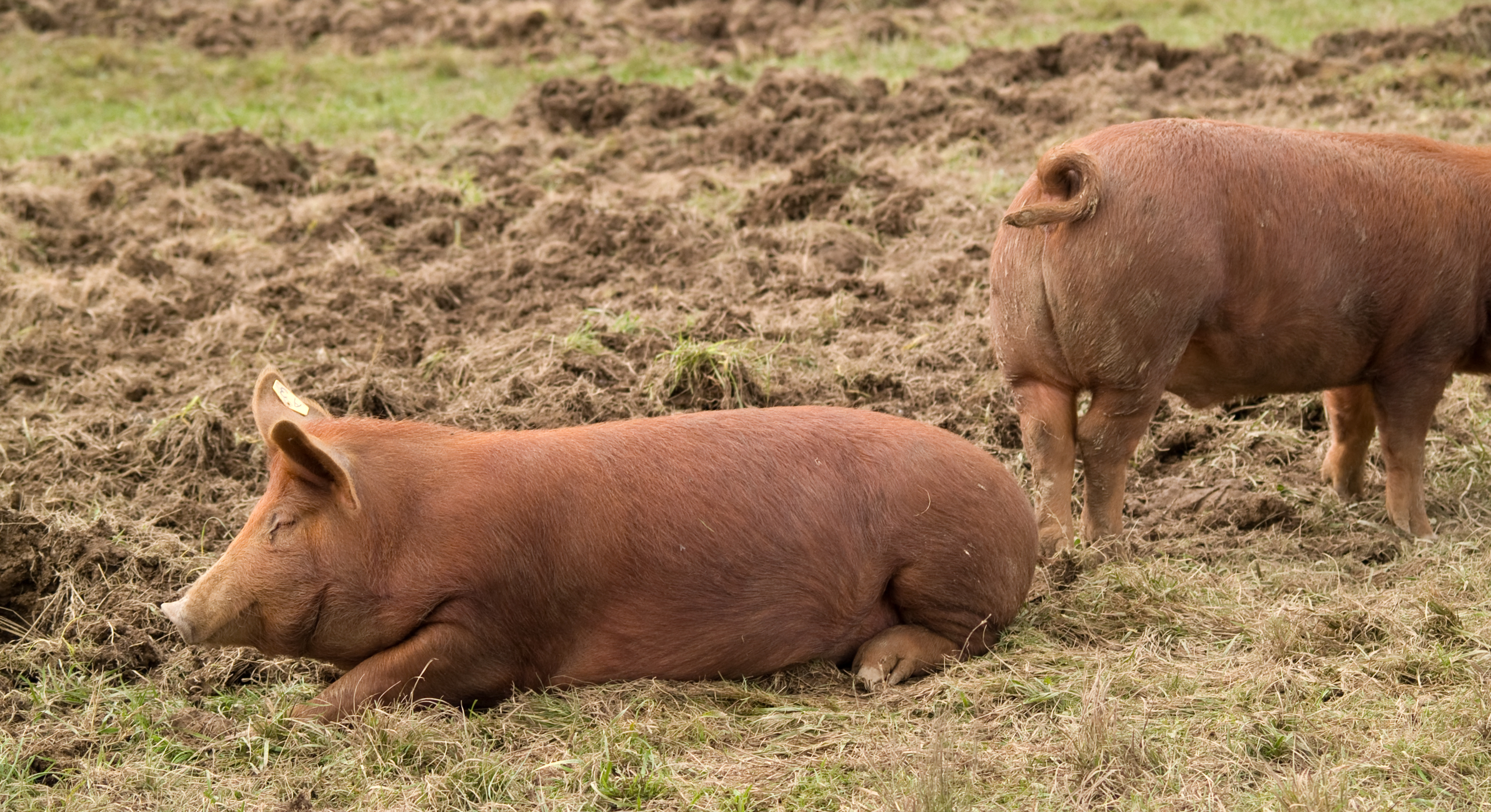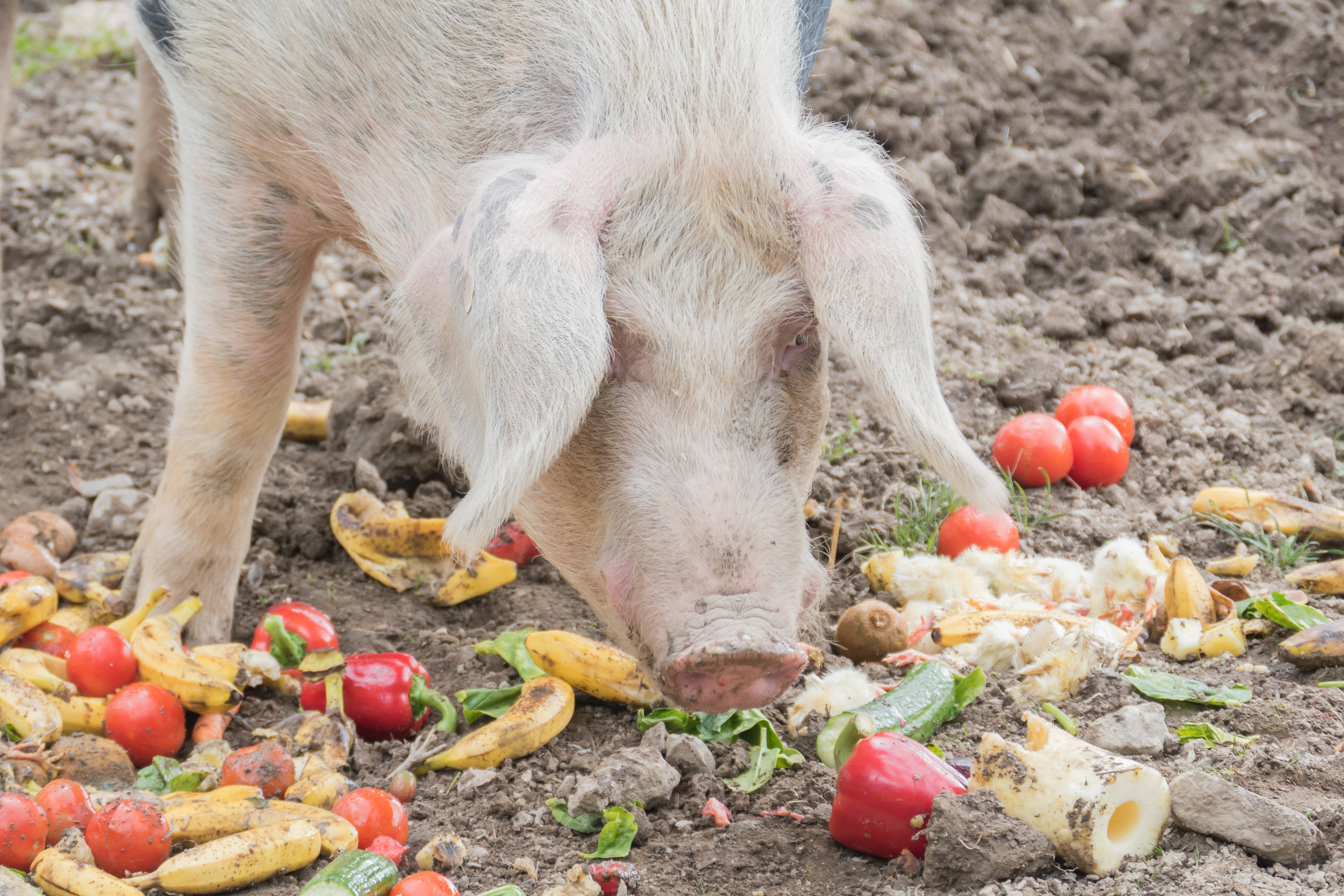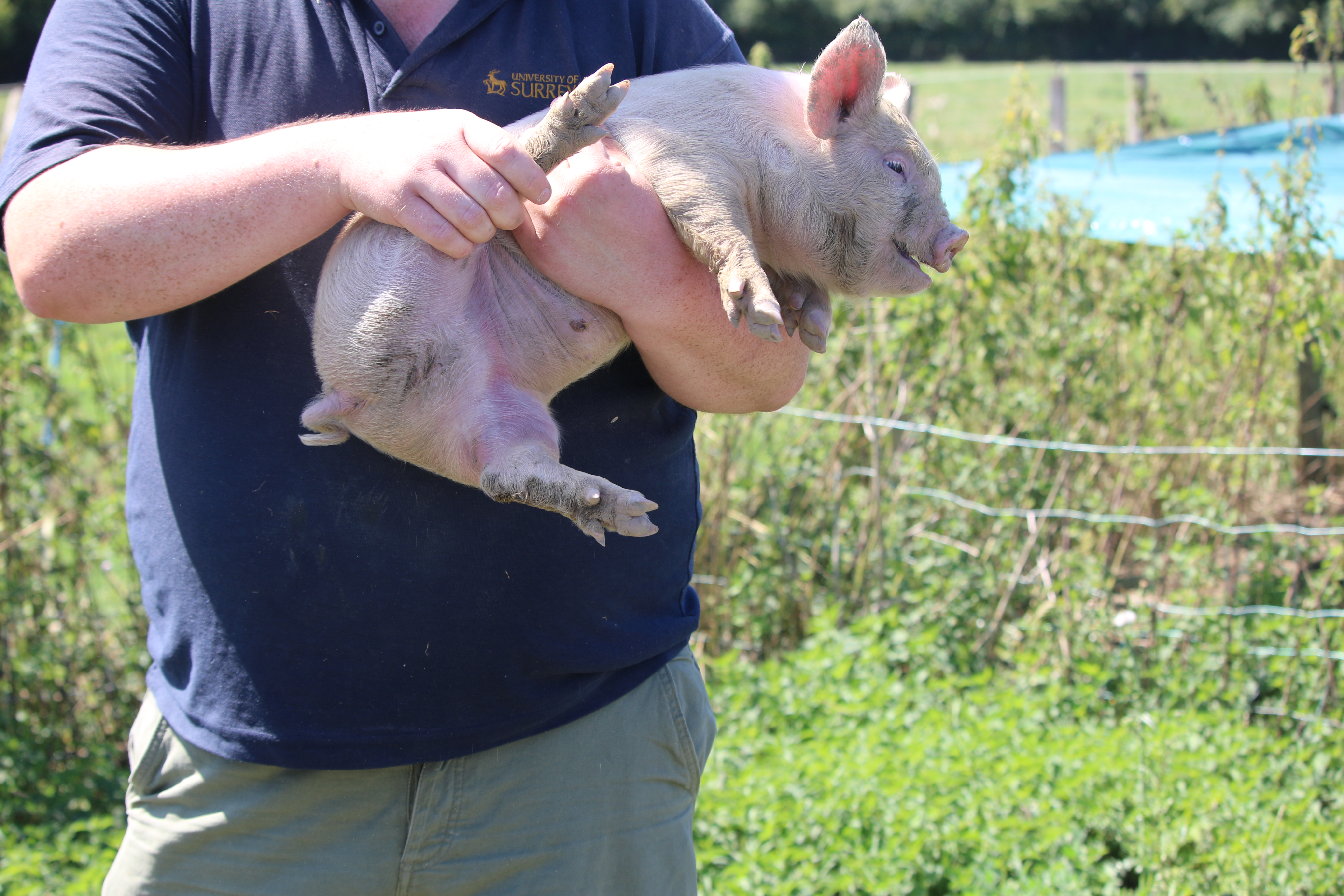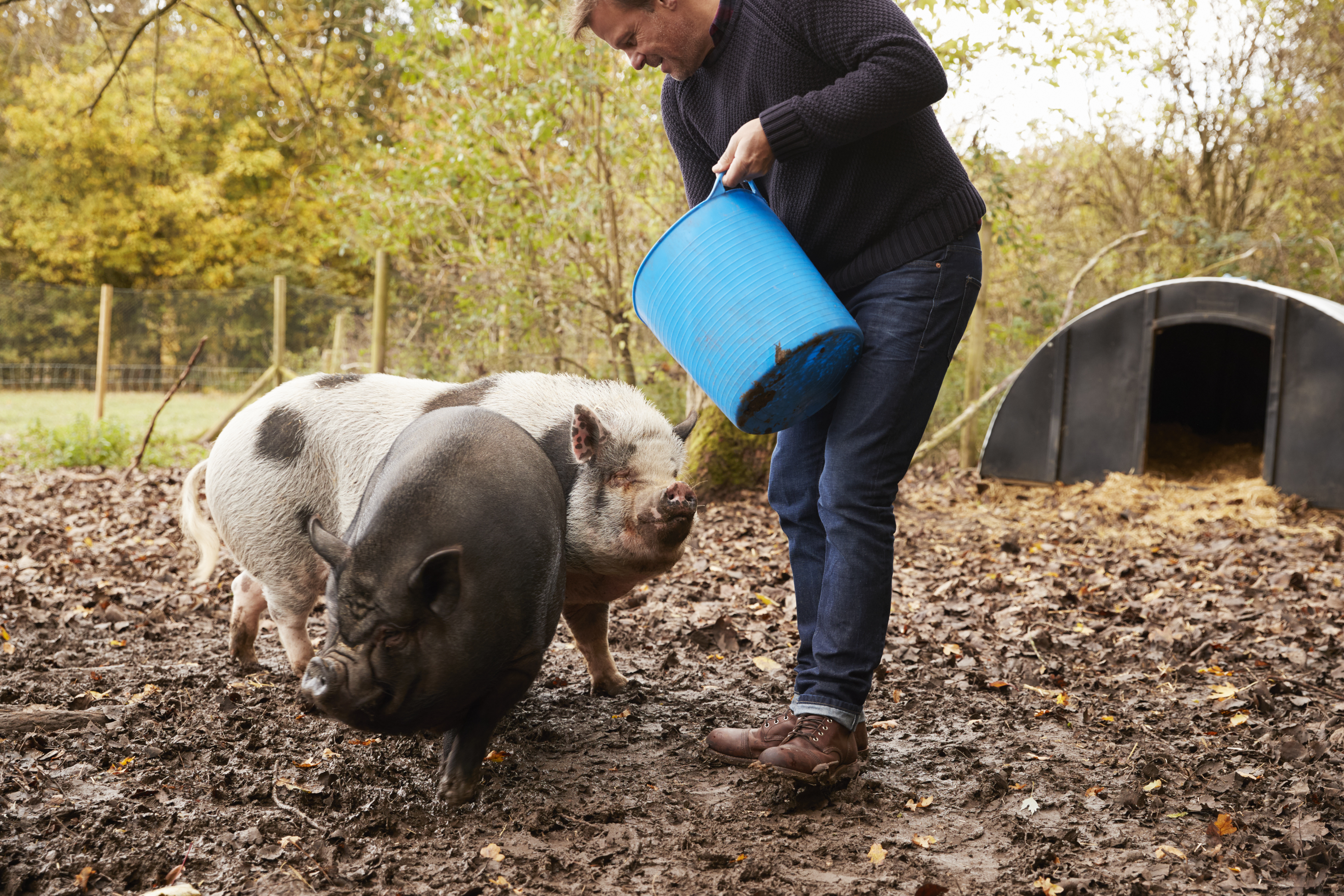



Small-scale pig keeping: pig transport regulations in the UK
The next instalment in Dr Michaela Giles' small-scale pig keeping series discusses transportation best practice for the movement of pigs in the UK.Part of Series:
< Previous Article in Series Next Article in Series >
The Welfare of Animals (Transport) (England) Order 2006 (WATO), and parallel national legislation in Scotland, Wales and Northern Ireland applies to journeys that are over 40 miles (65km) if they are connected with an economic activity. However, the guidance regarding animal welfare is very clear, whatever type of journey you are undertaking both non-economic and economic:
"“No person shall transport animals or cause animals to be transported in a way that is likely to cause injury or undue suffering to them”."
--
Anyone who travels with pigs, whatever the distance, should adhere to good transport practice including but not restricted to:
- The journey should be properly planned and travel time kept to a minimum.
- The animals must be checked and their needs met during the journey.
- The animals must be fit to travel – including not transporting pigs in their expected final 10 percent of gestation (11.5 days) and for seven days after birth; plus piglets aged less than three weeks must not travel more than 62 miles (100 km).
- The vehicle and loading and unloading facilities should be designed, constructed and maintained to avoid injury and suffering to the animal.
- Those handling animals must be trained or competent in the task and cannot use violence or any methods likely to cause unnecessary fear, injury or suffering to the animal.
- Age appropriate bedding must be used eg, straw, as insulation and absorbent.
- Water, feed and rest must be given to the animals as needed.
- Sufficient floor space and height is allowed - pigs must be able to stand up and lie down in their own space.
- Pigs must be individually identified under Pigs (Records, Identification and Movement) Order (2011) (PRIMO) as required.
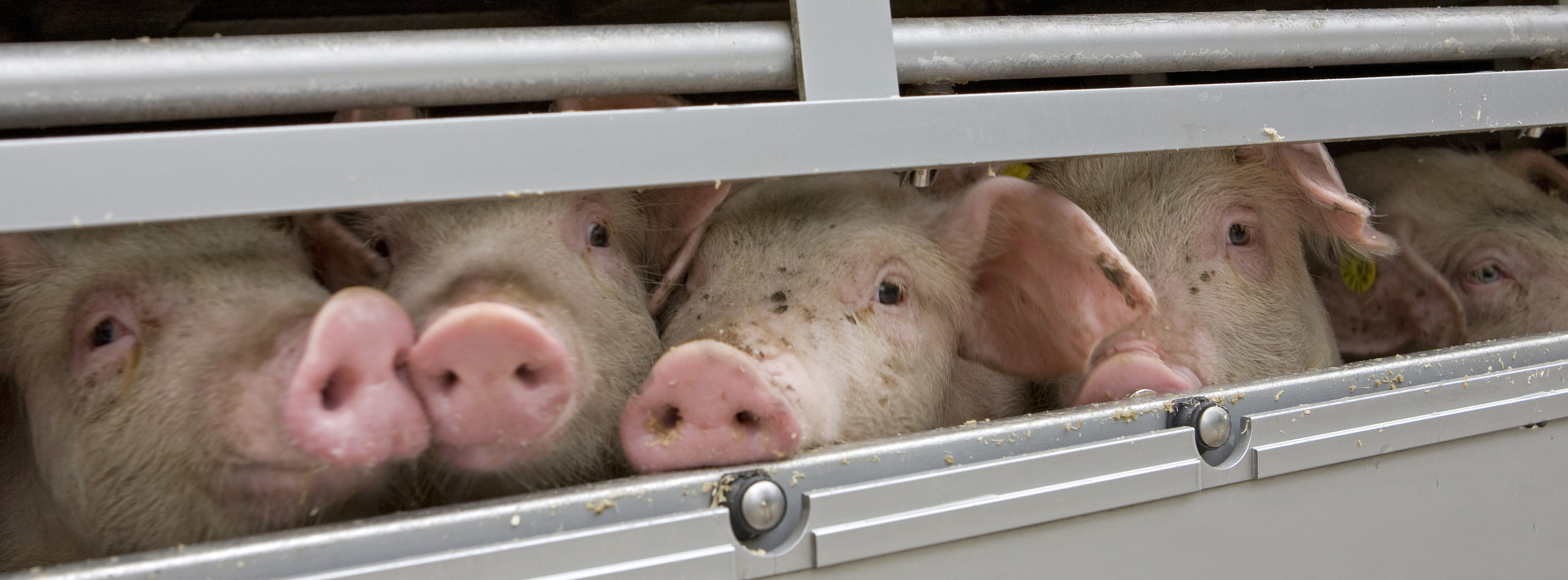
Animal movement licences
Every pig movement is monitored using self-generated electronic Animal Movement Licences (eAML2 for pigs) – an online movement licence system. If you live in England or Wales, you will need to register as a producer for eAML2 or if you live in Scotland you will have to register with ScotEID.
Each movement of pigs requires prior notification through the online system but pig keepers can also give prior notice by telephone or post. No specialist software is required. The source farm sets up a movement, filling in details of the departure premises and the destination. It includes the number and type of pigs, journey times, identification details, and name and vehicle registration of the haulier. Additional information on biosecurity, food chain information detailing any administered medicines, and the country where the pigs were born and reared when going to the abattoir.
Moving pigs and the haulier
The haulier transporting the pigs may have to comply with the WATO rules if the movement is connected to an economic activity. The regulation does not fully define what constitutes an economic activity, but says: “Transport for commercial purposes is not limited to transport where an immediate exchange of money, goods or services takes place. Transport for commercial purposes includes, in particular, transport which directly or indirectly involves or aims at a financial gain”.
Regulations on economic related journeys
- If it’s not an economic related journey then the eAML2/Scot EID-generated haulier sheet is all you need to move your pigs.
- If your journey is economic but less than 65km (approx. 40 miles) then the haulier sheet is all you need to move your pigs.
- If your journey is linked to an economic activity and over 65 km but less than eight hours (short journey) in duration then you will need a Type 1 authorisation licence, which must be carried together with a short journey (Level 2) Certificate of Competence (theory only).
- If your journey is linked to an economic activity and over 65 km and over eight hours (long journey) in duration then you will need a Type 2 authorisation licence, which must be carried together with a long journey (Level 1) Certificate of Competence (theory and practical) and includes a vehicle inspection.
To obtain the LEVEL 1 & 2 Certificates of Competence you will need to pass a National Vocational Qualification (NVQ) examination. These exams are held all over the UK, often in agricultural colleges, and can optionally include all species of large livestock plus horses.
Trailer regulations
The trailer must have a ramp no steeper than 20˚, have loading gates fitted, have non-slip flooring, and it must be easily cleanable and disinfected. It must offer protection from the weather – so a solid roof is essential – and it must have appropriate ventilation. Pigs must be able to comfortably stand up and lie down in their own space and they must be provided with suitable bedding (eg, straw) during travel which is both absorbent and insulating.
There is likely to be further criteria being introduced in future to ensure that all the pig waste created during a journey will to be contained in a sump tank and then disposed of back on the farm, but this is currently not a requirement. Before you buy a second-hand trailer, make sure it complies fully with the current laws.







